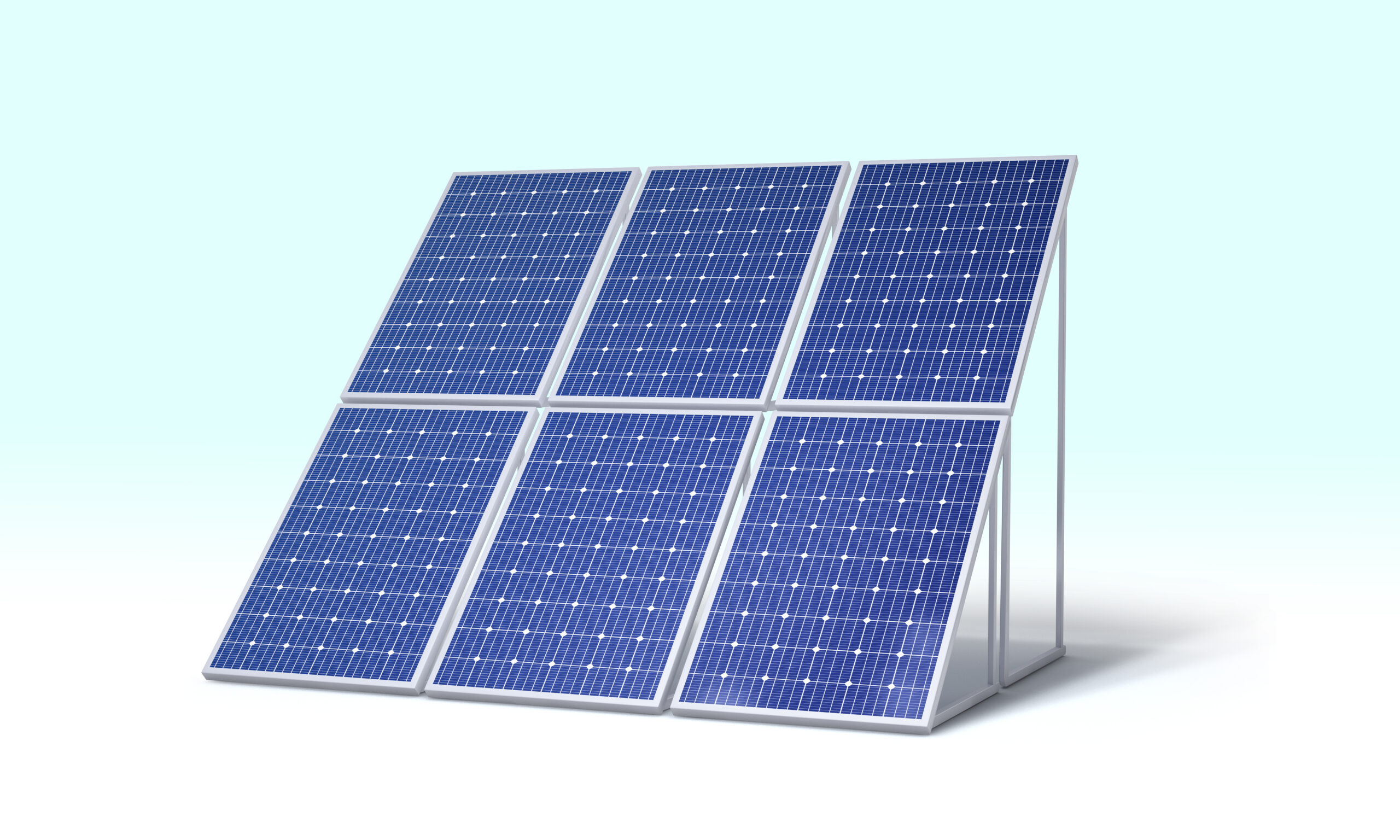
Solar energy is gaining momentum globally as a viable solution to our growing energy needs.
A vital component of this renewable energy system is the solar battery. Understanding these batteries becomes increasingly important as we venture into a greener future. So, here are six things you need to know about solar batteries to make the most of this technology.
A Close Look at the Types of Solar Batteries
The solar battery market boasts a variety of types: lead-acid, lithium-ion, saltwater, and flow batteries, among others. Understanding each type is crucial when choosing a solar battery.
- Lead-acid batteries have been part of households for a long time. They are affordable, reliable, and widely available, making them popular among many. However, because of this, they usually have a shorter lifespan and require more maintenance than others.
- Lithium-ion batteries offer a longer lifespan and greater energy density. They are also virtually maintenance-free. In turn, they come with a higher upfront cost than lead-acid batteries.
- Saltwater and flow batteries represent newer technologies in the battery market. They are non-toxic and potentially have a long lifespan, but their large size and current cost make them less popular for residential use.
Navigating the Lifespan and Maintenance of Solar Batteries
Another essential aspect to know about solar batteries is their lifespan and maintenance. While the exact lifespan can vary depending on the type of battery and how it’s used, most solar batteries can provide reliable service for somewhere between 5 and 15 years.
Maintenance is a key factor in prolonging a solar battery’s life. Some batteries, like lead-acid types, may require you to top up water levels periodically. In contrast, others, like lithium-ion batteries, are virtually maintenance-free, which is a significant advantage for homeowners who want a hands-off approach.
At this point, it’s worth noting that the health of your solar panels plays a crucial role in the effectiveness of your solar battery. Recognizing the signs you need to repair or replace your solar panels can help protect your batteries and ensure your system functions at its best.
The Basics: Understanding Solar Batteries
Solar batteries aren’t mysterious contraptions. They are essentially storage units for your solar panels’ excess power during the day. When sunlight isn’t adequate, such as at night or during overcast conditions, these batteries step in, ensuring a continuous power supply.
This stored energy is what you tap into when your household’s energy demand exceeds your solar panels’ current production capacity. So if you need a stable energy source, experts at My Brooks Moving recommend solar batteries. Consequently, solar batteries help maintain an even, reliable energy supply.
The Realities of Cost and ROI of Solar Batteries
Financial considerations play a pivotal role when considering solar batteries. Yes, an initial investment is required for purchasing and installing these batteries. However, when you calculate the savings of installing solar panels, you’ll find that this cost can be offset over time.
Think of it as an investment in future savings. By storing and using your solar energy, you can significantly reduce your reliance on grid electricity. This leads to lower utility bills and, over time, can result in a substantial return on investment.
Solar Batteries and Moving to a New Residence
For those considering a move, it’s an opportune time to think about solar batteries. Including solar panels and batteries in your plans for your new home can provide various benefits.
Not only does this mean you move into a house ready to provide sustainable energy, but it also offers a measure of independence from grid electricity. So if you need to feel secure, solar batteries will help you. And, with the potential savings on utility bills, this decision could pay off in the long run.
Assessing the Environmental Impact of Solar Batteries
Switching our focus to the environment, the impact of solar batteries is substantial. By using these batteries, we support the shift from fossil fuels to renewable energy, which is a key player in reducing harmful emissions.
In fact, when weighing solar panels vs. other energy sources, the environmental advantages of solar energy are clear. Solar panels produce clean, green energy and significantly reduce our carbon footprint.
Peering into the Future of Solar Batteries
Looking ahead, the future of solar batteries appears promising. With continual advancements and emerging technologies, this renewable energy sector is set to evolve.
For instance, graphene-based batteries and solid-state batteries are potential game-changers. These batteries promise higher energy density, longer lifespan, and quicker charging times – making them an exciting area of development in solar energy.
Solar Battery Capacity and Depth of Discharge
One important element to know about solar batteries is their capacity and depth of discharge (DoD). The capacity of a battery is a way to tell how much energy can be stored, typically measured in kilowatt-hours (kWh). Larger systems would require a battery with a higher capacity.
Depth of discharge, on the other hand, represents how much of the battery’s energy has been used. Most batteries must retain some charge; utilizing 100% can harm their longevity. For instance, if a battery has a 70% DoD, it means you can safely use 70% of its energy before recharging. Hence, a higher DoD and ample storage capacity can provide better performance and efficiency when selecting a battery.
Solar Batteries and Grid-Tied Systems
When considering solar batteries, it’s worth understanding how they fit into grid-tied solar systems. These systems are connected to the local utility grid. During the day, if your solar panels produce more energy than you need, excess power goes back into the grid.
However, with a solar battery in a grid-tied system, you can store it for later use instead of sending excess energy into the grid. This can be particularly useful during power outages or high electricity rates. Drawing energy from your battery instead of the grid can increase energy independence and save you money.
Conclusion
In conclusion, understanding solar batteries is critical for anyone considering a transition to renewable energy. From comprehending their basic functioning to different types, lifespan, and maintenance, it’s necessary to know about solar batteries in detail. Considering the cost and ROI of these batteries and their environmental benefits can help you make an informed decision. With their promising future and the benefits they offer, solar batteries undeniably represent a step towards a more sustainable future. So keep these six key points in mind as you explore the world of solar energy.
